 |
 |
 |
 |
 |
 |
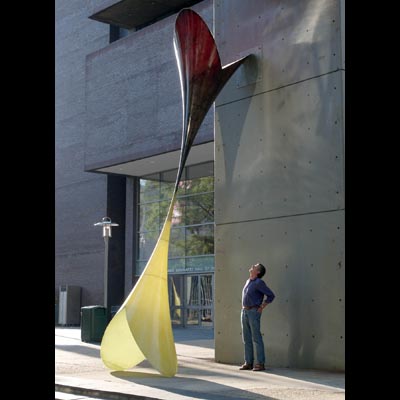
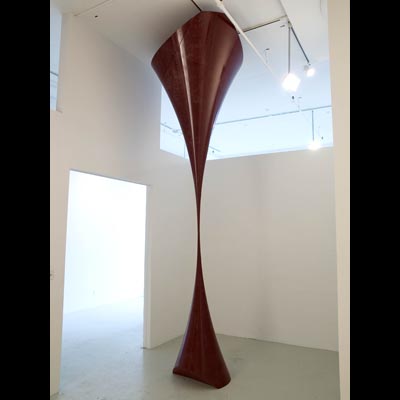
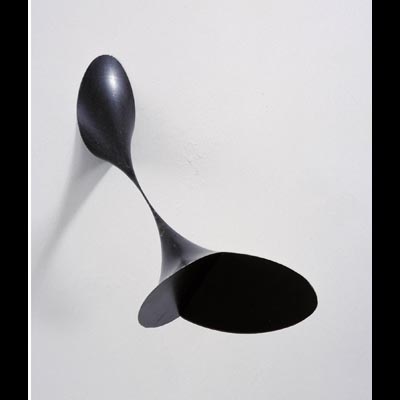
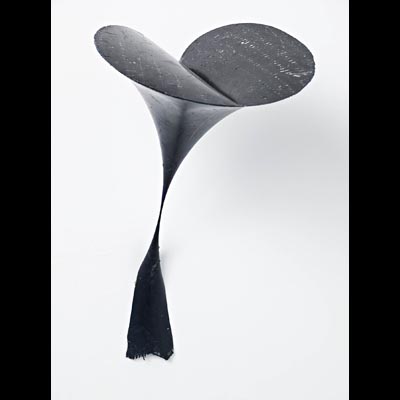
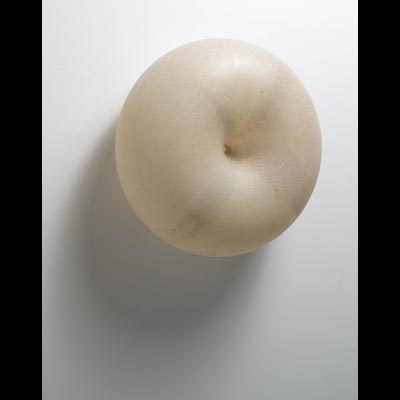
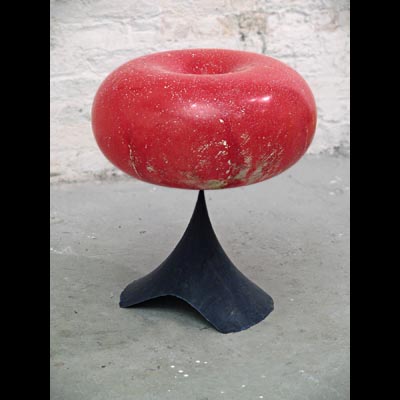
These shapes are toroids, sectioned by two or more planes, one of which (usually) manifests as the wall. The use of extremely light, rigid composite materials allows them to be very thin in the center, some as slender as one-sixteenth inch. Startling forms emerge from this method. Although the torus is not a shape that occurs in nature (except in the form of certain magnetic fields) these forms appear oddly organic. They coalesce in the intersection between the visible world and a larger, colder, purer physical reality that is merely glimpsed by human senses. Utterly devoid of irony, they draw in a huge quantity of space from around themselves, and live in this space with a tremendous sense of confidence and peculiar exhuberance.
Reminiscence of Columbia, 1979-1981
I came to Columbia from Bard College in upstate NY, and had really never lived in a big city, and was very intimidated by it. In all fairness, NYC was a lot scarier place in those days. The MFA program did not have a chairman at that time, and had not had one for some time. The attitude was extremely laissez-faire, as long as you showed up for classes and kept your work up, you could pretty much do what you wanted. I was in that fantastic building on 125th street, a labyrinthine floor with a really leaky ceiling, crammed with ductwork, plumbing, wiring, and old breaker boxes with labels like "Laser 1B" and "cyclotron 106." Some of the studios didn't even have windows. You felt like you were in some science fiction movie up there. I still have dreams about it. William Tucker was the big cheese at that time,and he I think pulled some strings and got me a really great studio my first year, which I normally would have had to wait for. I was right over the famous Columbia-Princeton electronic music lab, a fact of which I was unaware. I was a real night owl in those days, and I was working away one night, absolutely blasting the Sex Pistols at about one in the morning on my ratty but extremely powerful stereo (ah, when punk rock was new! and we still had LPs!) At a break between songs, I heard an agonized pounding on the door. I opened it to find myself face to face with the renowned Vladimir Ussachevsky, asking me if I could please turn it down a little.....I was very interested in music myself, so once I knew about this studio, I became friendly with some of the musicians who worked there. My second year was thrown into turmoil by the arrival of a new Chairperson, who shall remain nameless. Classic control freak, micro-manager, condescending, small-minded, I didn't really know what "passive-aggressive" meant until I met this person. Virtually nobody got on with the new chair. Tucker bailed out immediately. All us students held endless meetings trying to figure out how to fight the power, thus wasting huge amounts of time and energy. Finally we figured out that all the chair had to do was wait us out, and we just gave up. But the fantastic energy that was around that first year just got squandered in the second. After I graduated, I never looked back. Until now.
David Henderson